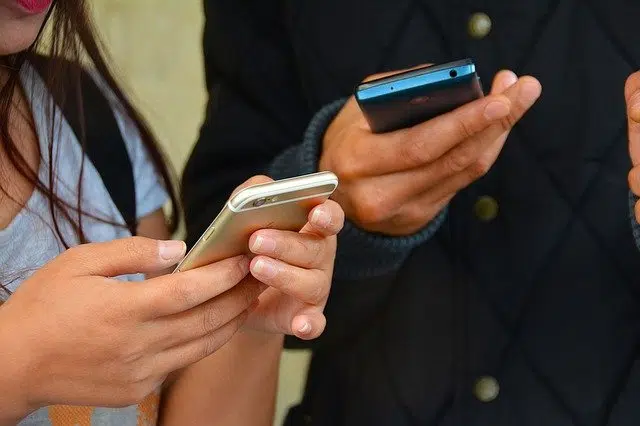
The message is the object of a communication.
A message is a message that one person sends to another. The concept is also used to name the set of signs, symbols or signals that are the object of communication. The message, therefore, is the content of the communication.
For example: «Can you leave my message for your mother? Tell her that I'll wait for her at the bar on the corner at four-thirty" , "The president's message was clear: the country will not accept foreign pressure when defining its economic policy" , "Yesterday I heard Dr. Raustegui's message "He says that next week we will have a hearing with the complainant."
What is a message
The message can be understood as the object of communication. It includes the information that the sender sends through a communication medium or another type of channel to one or more receivers. The message is both the content and the presentation of the information.
If Juan calls Ramiro on the phone and says "Tomorrow I invite you to dinner at my house: I'll wait for you at 9 pm," the message transmitted will be the invitation. Juan is the sender of said message, while Ramiro is the receiver. Of course, in the middle of the telephone conversation, the positions of sender and receiver will alternate as multiple messages will be produced.
Also known as an on-demand message, email , SMS (Short Message Service), voice recording on an answering machine or other communication that a sender sends to a receiver: "I just read your message, I'll leave there in an hour," "I think you've received a message on your phone," "Do you know where Osvaldo is? I have already left him four messages on his answering machine but he still hasn't contacted me .

Nowadays, most messages are transmitted through mobile phones.
The concept in technology and telecommunications
Currently, the concept of a message is strongly linked to instant messaging programs and email services and, since both options are available on mobile devices, this type of communication takes place multiple times a day in the lives of people. a normal person. Through applications such as WhatsApp, Twitter, Facebook, Gmail and Outlook , for example, people constantly send and receive messages, wherever they are, and the possibility of chatting at all times with friends and acquaintances from all over the world can become a healthy addiction.
Technology allows us to shorten distances and invest much less time when communicating, but that is not always positive or enriching from a linguistic point of view. The concept of a message has become so flexible that today it ranges from a simple "yes" to an anecdote; Two characters are enough for the sender to consider that he has sent a message to his receiver, while decades ago no one would have written just one monosyllable in a letter.
The message throughout history
This leads us to think that there is not always an actual message in the messages that are sent every day, and this inconsistency leads to poor language learning that, later, inevitably has an impact on everyday speech. Since the massification of email, thousands of teachers from all over the world lament the growing disinterest of their students in spelling and grammar (and, why not?, semantics); The accent mark is a thing of the past, question and exclamation marks are only written at the end of sentences and the rest of the punctuation marks have become practically optional.
For anyone who has received a good level of language during their student years, reading an advertisement on the Internet or a text message between two friends can be quite a challenge, since it is essential to mentally correct and complete a large percentage of the content to decipher it. .
